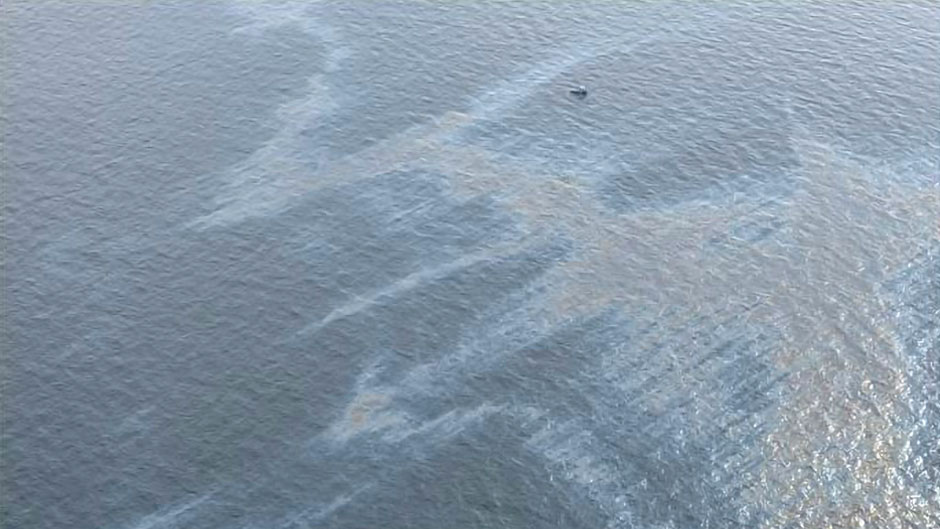The longest-running offshore oil spill in U.S. history is finally being contained.
That is what the U.S. Coast Guard announced recently about the massive environmental disaster 12 miles off the Louisiana coast that began in 2004, when a mudslide triggered by Hurricane Ivan toppled and sank an oil platform owned by Taylor Energy.
Thousands of barrels of oil a day spewed into the Gulf of Mexico in the years that followed. But the spill went largely unknown outside Louisiana because of Taylor Energy’s efforts to keep it under wraps. Word eventually spread, however, and studies revealed the spill was much worse than thought.
When Taylor Energy failed to comply with federal government orders to contain the spill or face a fine of up to $40,000 per day, the Coast Guard took over the cleanup effort, entering into a contract with the Couvillion Group to fix the problem.
But even as the maritime first responder reports success in its containment efforts, troubling questions remain about the spill’s environmental impact on marine life.
 Martin Grosell, a professor of marine biology and ecology at the University of Miami’s Rosenstiel School of Marine and Atmospheric Science, who has studied the impact of the Deepwater Horizon oil spill on pelagic fish, offered these insights.
Martin Grosell, a professor of marine biology and ecology at the University of Miami’s Rosenstiel School of Marine and Atmospheric Science, who has studied the impact of the Deepwater Horizon oil spill on pelagic fish, offered these insights.
What’s the potential long-term impact on marine life from a sustained spill of this nature?
A sustained spill consisting of a relatively slow release is characterized by lower maximal concentrations of oil and oil constituents in the environment than would be seen during a larger acute spill like the Deepwater Horizon. The released oil is subject to degradation by physical, chemical, and biological processes. These processes cannot keep up with an acute fast release but may contribute to lowering concentrations during a slower and continued release. On the other hand, continued release comes with the risk of prolonged exposures to biology in the vicinity. We know much more about acute impacts of oil than we do about impacts of prolonged exposures.
What species are at particular risk?
Species, such as many benthic invertebrates, unable to move from the site of a prolonged release are likely to suffer most from a spill. Further, we know that smaller organisms typically are impacted to a greater extent than larger organisms.
Is there a risk to human health?
In general, fish have excellent enzymatic systems to degrade many of the harmful chemicals found in oil and as such tend to not accumulate these chemicals to an extent where they present a risk to humans consuming seafood. However, the same is not true for all invertebrates, and some may accumulate chemicals from oil and thereby be a vector for human exposure.
How long would it take for marine life to recover?
This is nearly impossible to answer for a few reasons. One, to determine recovery one must know the conditions before the spill to assess if post-spill conditions are different and if so, if they are developing towards the pre-spill conditions (recovering). Second, it will depend critically on which marine organisms one considers. Some will recover faster, while others may take decades. Such differences in recovery rates may lead to unbalanced ecosystems with consequences for some species even if these species were not directly impacted by the spill itself. However, considering past spills, recovery can, in some cases, take decades.

